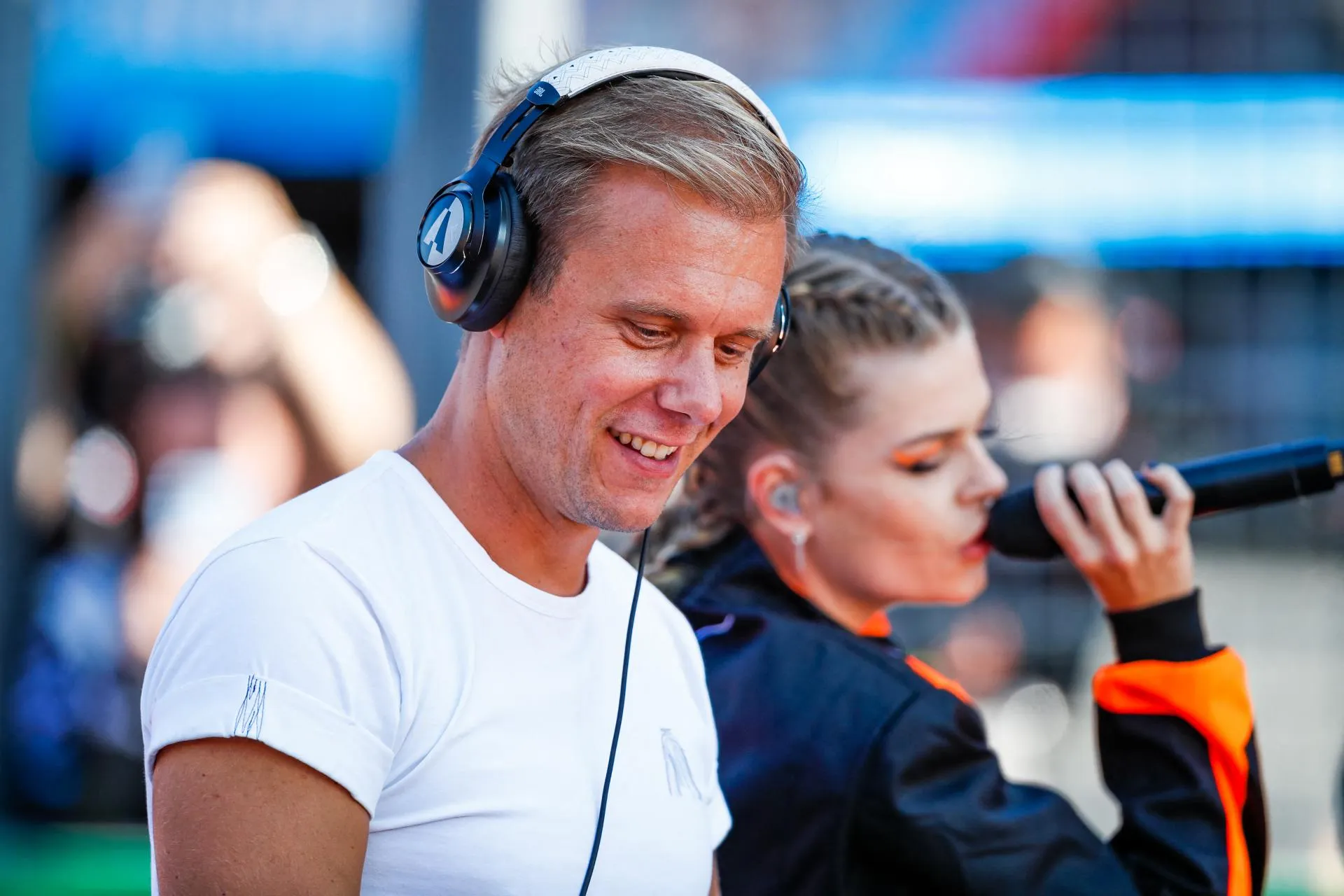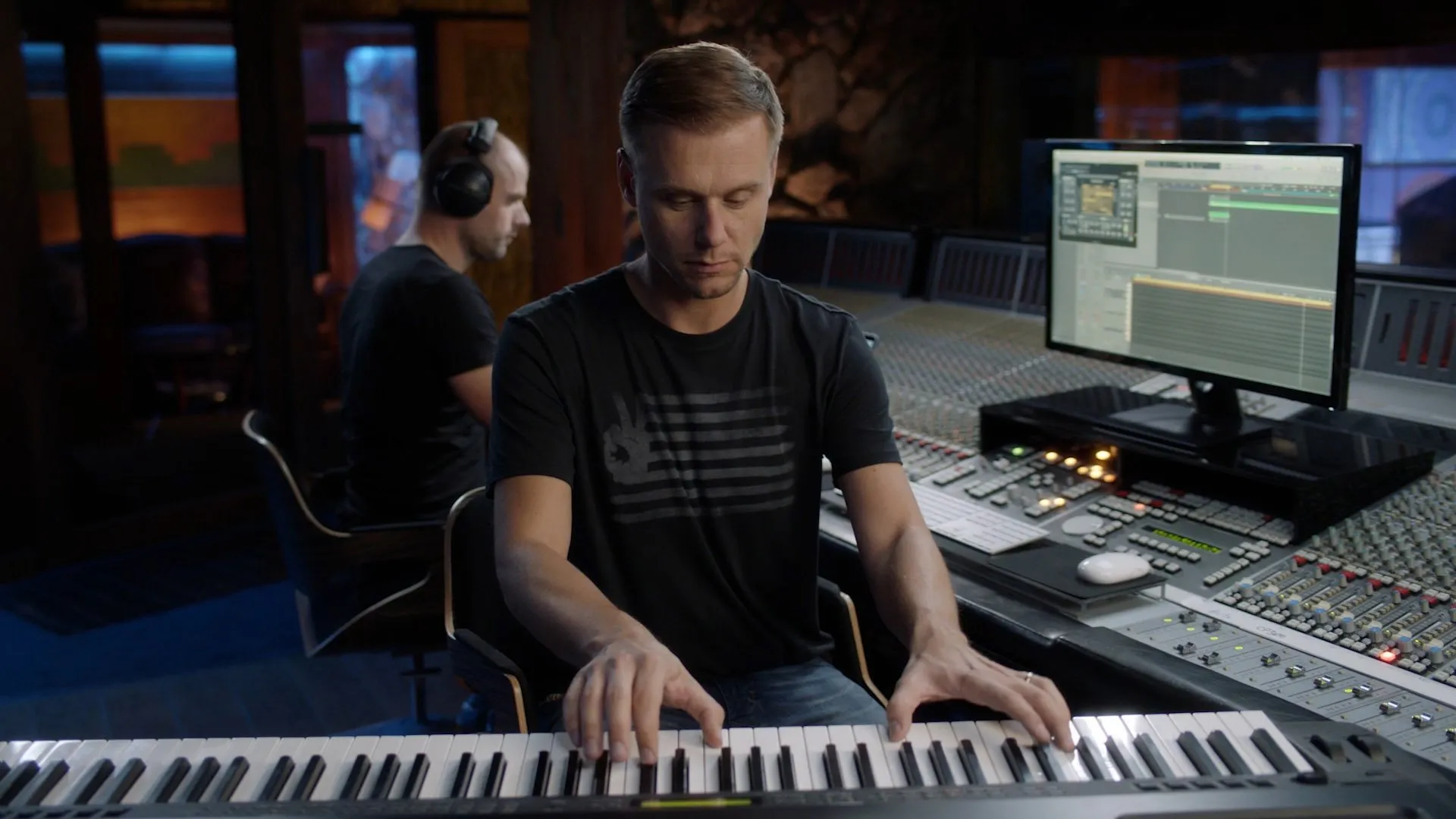

The Science of Trance: What Makes Armin van Buuren’s Music So Addictive?
There’s something about trance music that feels almost hypnotic. It doesn’t just make you move—it transports you, often leaving listeners in a state of euphoria or deep reflection. Among the genre’s most recognizable and respected figures, Armin van Buuren has long been at the forefront of this emotional journey, crafting tracks that feel as spiritual as they are energetic.
But what exactly makes Armin van Buuren’s trance music so powerful and captivating? Is it just the beat? The melodies? Or is there a deeper, almost neurological connection at play between the structure of his music and the human mind?
Trance and the Brain: A Natural Connection
At its core, trance music is about repetition, anticipation, and emotional release. These elements trigger responses in the brain that mirror meditative or even ecstatic states. Armin van Buuren, with his deep understanding of arrangement and progression, leverages this natural neurological affinity to build emotional momentum over time.
Studies in music psychology suggest that repetitive rhythms and gradually building layers can increase dopamine levels—the neurotransmitter responsible for pleasure and reward. This is the very foundation of Armin’s tracks. His music lulls the listener into a rhythm, then teases and surprises them with subtle variations, atmospheric breakdowns, and euphoric drops.
This process mimics the classic “tension and release” pattern in storytelling or emotional experiences, making trance feel both familiar and transformative.

Melody as Emotion: Armin’s Signature Touch
One of the most identifiable elements in Armin van Buuren’s music is his mastery of melody. Unlike some EDM subgenres that rely heavily on rhythm or bass, trance places melody front and center. Armin understands this intuitively.
Tracks like “Shivers,” “This Is What It Feels Like,” and “In And Out Of Love” are defined by soaring melodic progressions that can feel cinematic or even operatic. These melodies aren’t just catchy—they’re built to evoke specific emotions like nostalgia, longing, joy, or transcendence.
This is where Armin shines. He doesn’t just produce tracks; he composes musical journeys. Each song is a movement through time, space, and feeling. The melodies aren’t thrown in to fill space—they are the emotional anchors of the track.
Rhythm, BPM, and the Trance State
Trance music traditionally operates in the 128–138 BPM (beats per minute) range, which coincidentally aligns with certain natural bodily rhythms, such as the human heartbeat during mild physical activity. This BPM range is optimal for both dancing and entering a meditative flow state.
Armin van Buuren’s tracks often sit comfortably at 132–138 BPM, striking a balance between energetic drive and introspective pacing. This is not accidental—it’s a deliberate choice that maximizes both physical engagement (on the dance floor) and mental immersion (in headphones or long drives).
The rhythmic elements—kick drums, hi-hats, percussive synths—are often layered and spaced to create a hypnotic pulse. Combined with long builds and atmospheric transitions, the rhythm becomes more than just background—it’s the engine that guides the emotional arc of the song.
Breakdowns and Drops: The Science of Euphoria
One of the most critical aspects of Armin’s music is his expert use of breakdowns and drops. In trance music, these sections are engineered to create and release tension in a way that mirrors emotional peaks and valleys.
In a typical Armin van Buuren track, the breakdown often strips away the beat entirely, replacing it with pads, vocal lines, or ambient textures. This sudden silence or reduction in energy forces the brain to anticipate what comes next, increasing adrenaline and focus.
Then comes the build-up, often stretching 30 seconds to a minute, with rising filters, snares, or synth arpeggios. Finally, the drop—an explosive reintroduction of rhythm and melody—rewards the listener with a sense of release and satisfaction.
This process closely mirrors the psychological concept of “predictive coding”—the brain’s method of anticipating patterns and feeling rewarded when those patterns resolve in satisfying ways. Armin uses this to full effect, crafting songs that feel like emotional catharsis.
Atmosphere and Space in Trance Production
Unlike more minimal or aggressive EDM styles, trance is often described as “lush” or “expansive.” Armin’s productions excel in creating a sense of space and depth, using reverb, delay, stereo imaging, and layering to craft what feels like a sonic universe.
This spatial quality is especially prominent in tracks like “Orbion” or “Mirage,” where sound design becomes as important as melody. The listener feels enveloped—almost suspended—in a floating soundscape that evolves slowly and beautifully over time.
Such immersive production is key to trance’s appeal: it feels immersive, emotional, and cinematic. This is why trance remains a favorite for long-distance drives, flights, workouts, and meditative sessions—Armin’s music isn’t just heard; it’s experienced.
Vocals as a Bridge Between Heart and Beat
Another major strength of Armin van Buuren’s sound is his use of vocal features. From Justine Suissa and Sharon den Adel to Trevor Guthrie, his vocal collaborations elevate his productions from club bangers to radio-friendly anthems.
Vocals offer a human touch—a bridge between the digital and the emotional. They tell stories, offer metaphors, and help the listener project personal meaning onto the track. This is especially important in trance, where lyrics are often minimal, poetic, and open to interpretation.
Rather than overpower the instrumental, Armin’s vocals tend to blend harmoniously with the rest of the track, enhancing the emotional impact without stealing the spotlight.

Why Armin’s Trance Is More Than Just Music
At the intersection of science, emotion, and sound design lies the true reason why Armin van Buuren’s music stands out. It doesn’t just sound good—it feels necessary. It connects to the body’s rhythm, stimulates the brain’s reward centers, and elevates the heart through melody and structure.
In a world overwhelmed with noise and distraction, Armin’s trance offers something rare: clarity, emotional alignment, and sonic purity. His songs invite you to slow down, feel deeply, and be fully present in the moment.
Whether you’re dancing under festival lights or lying in bed with headphones on, Armin’s music has the power to heal, uplift, and unify—a testament to the enduring and universal appeal of trance music.
Conclusion: The Emotional Blueprint of Armin’s Sound
So what makes Armin van Buuren’s trance music so compelling? It’s the way he combines science and soul. Through masterful use of melody, rhythm, structure, and emotion, he taps into something that feels almost primal—the human need to feel, to connect, and to be transformed by sound.
This isn’t just electronic music. This is a blueprint for emotional release, crafted by a producer who understands both the heart and the brain. And that is why Armin van Buuren remains one of the most beloved artists in the history of EDM.


















